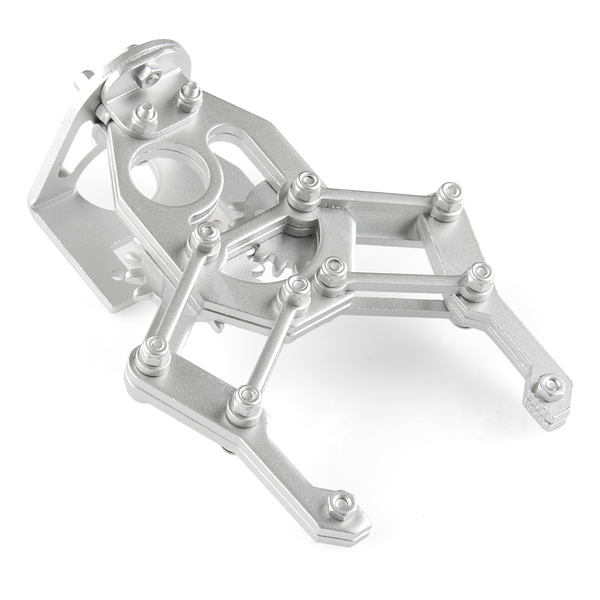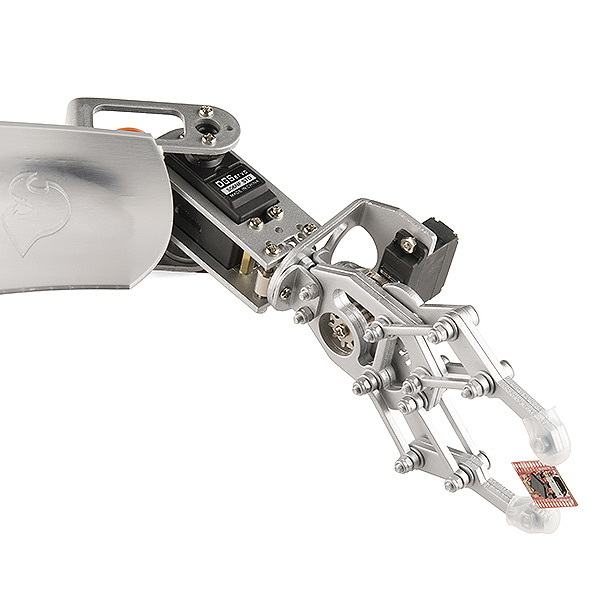Hi,
I am an engineer student and I wish build a flying probe test for PCB (with two probes).
I have a python file that contains the positions of the components on the PCB.
I don't know what kind of stepper motors that should I use and how can I control them with arduino /python .
Any help please
thanks.
I am an engineer student and I wish build a flying probe test for PCB (with two probes).
I have a python file that contains the positions of the components on the PCB.
I don't know what kind of stepper motors that should I use and how can I control them with arduino /python .
Any help please
thanks.




